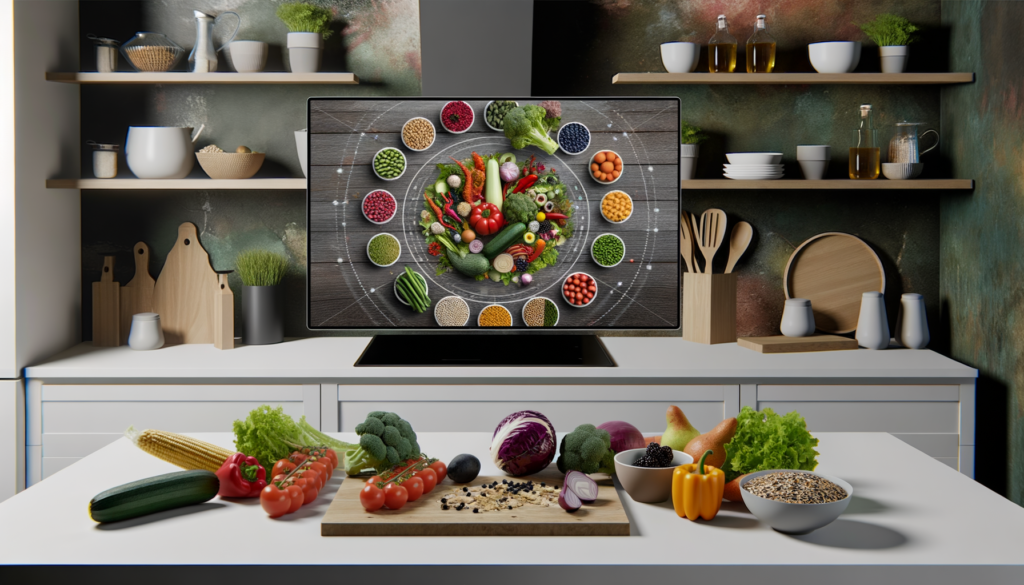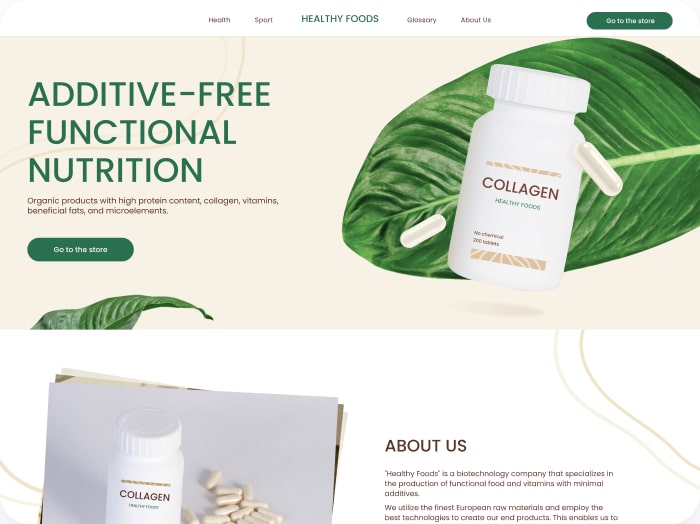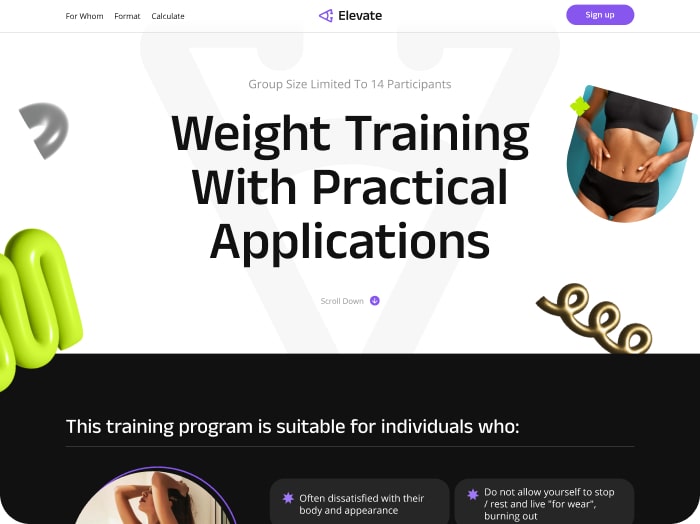Unlocking the Power of Calorie Data in Video Marketing
In the health and fitness industry, leveraging calorie data can be a game-changer for creating compelling marketing videos. By incorporating this data into your visual storytelling, you can engage your audience more effectively and drive meaningful interactions. Here’s how you can use calorie data to elevate your video marketing strategy.
Understanding Your Target Audience
Before diving into the creation of your marketing videos, it’s crucial to understand your target audience. This involves knowing their demographics, psychographics, and behavioral insights. For instance, if you’re targeting fitness enthusiasts, you might want to focus on calorie burn rates during different exercises or the caloric content of various meal plans.
Conduct thorough market research and analyze customer data to uncover what resonates with your audience. Use social media analytics to gather insights on engagement metrics, audience demographics, and content performance. This will help you tailor your video content to align with their interests and preferences.
Creating Engaging and High-Quality Content
Your video content should not only captivate your audience but also compel them to take action. Here are some tips to create engaging health and wellness videos that incorporate calorie data:
-
Start with a Catchy Hook: Begin your video with an engaging hook that highlights what viewers will gain from watching. For example, you could start with a surprising fact about calorie intake or a quick tip on how to reduce daily calories.
-
Keep It Concise: Aim for videos that are between 30 seconds to 2 minutes in length. Get to the point quickly and maintain a brisk pace throughout.
-
Add Text Overlays: Many viewers watch videos without sound, so use text overlays to convey important information, such as exercise instructions or nutrition tips. Ensure the text is concise and easy to read.
-
Incorporate Visuals: Use high-quality visuals to showcase calorie data. For example, you could use animations to illustrate how different foods contribute to daily calorie intake or how various exercises burn calories.
-
Optimize for Mobile Viewing: Most social media users watch videos on their mobile devices, so ensure your content is optimized for smaller screens. Test your video’s readability on various devices before publishing.
Integrating Calorie Data into Your Videos
Calorie data can be integrated into your videos in several ways to make them more informative and engaging:
-
Calorie Breakdowns: Create segments that break down the caloric content of different meals or snacks. This can help viewers make informed dietary choices.
-
Exercise Calorie Burn Rates: Show how different exercises burn calories. This can be particularly engaging if you use real-time data or animations to illustrate the calorie burn.
-
Success Stories: Share success stories of individuals who have achieved their fitness goals by managing their calorie intake. Use before-and-after visuals and testimonials to make the content more relatable.
-
Interactive Elements: Incorporate interactive elements such as quizzes or challenges that involve calorie data. This can encourage viewer engagement and make the content more interactive.
Tracking Key Metrics and Analyzing Data
Tracking key metrics and analyzing data are essential steps to measure the effectiveness of your marketing videos and optimize their performance. Here are some key metrics you should track:
-
Conversion Rates: Measure the percentage of viewers who take desired actions, such as visiting your website or signing up for a newsletter.
-
Click-Through Rates (CTR): Evaluate the effectiveness of CTAs and interactive elements by tracking how many viewers click on them.
-
Engagement Metrics: Monitor likes, shares, comments, and other forms of interaction to gauge viewer engagement and sentiment.
-
Average Order Value (AOV): Calculate the average amount spent by customers per transaction influenced by your videos.
-
ROI (Return on Investment): Assess the profitability of your video campaigns by comparing costs to the revenue generated.
Implement tracking tools like Google Analytics, social media insights, or video analytics platforms to monitor performance metrics effectively. Integrate tracking codes and tags to capture viewer behavior, interactions with shoppable elements, and conversion paths.
Conducting A/B Testing
A/B testing can help you optimize the performance of your marketing videos. Here’s how you can conduct A/B testing:
-
Formulate Hypotheses: Start by formulating clear hypotheses about what you expect to improve or change with each variant. For example, you might hypothesize that a shorter video length will lead to higher engagement rates.
-
Develop Different Versions: Develop different versions of your video, making specific changes to the identified elements. Ensure that each variant is distinct enough to provide meaningful insights.
-
Track Key Metrics: Track key metrics such as engagement rates, click-through rates, conversion rates, and completion rates for each variant. Analyze the data to identify which version performs better based on your predefined goals.
Real-World Examples and Case Studies
Let’s look at a real-world example of how calorie data can be used in marketing videos:
Imagine a fitness app that uses video content to engage its users. The app creates a series of videos that show how different workouts burn calories. Each video includes text overlays with calorie burn rates and animations to illustrate the exercises. The app also includes success stories of users who have achieved their fitness goals by using the app’s workout plans and calorie tracking features.
By incorporating calorie data into these videos, the app can provide valuable information to its users, making the content more engaging and informative. The app can also track key metrics to see how the videos perform and make necessary adjustments to optimize their performance.
Conclusion and Next Steps
Using calorie data in your marketing videos can significantly enhance their effectiveness. By understanding your target audience, creating high-quality content, integrating calorie data, tracking key metrics, and conducting A/B testing, you can create compelling videos that drive engagement and conversions.
If you’re looking to create engaging health and wellness videos, consider using tools like the Calorie Calculator Cloud to provide accurate and relevant calorie data. For more information on pricing plans, visit the Calorie Calculator Plans page.
Remember, the key to successful video marketing is to provide value to your audience. By incorporating calorie data into your videos, you can educate and engage your viewers, ultimately driving more meaningful interactions and conversions.








